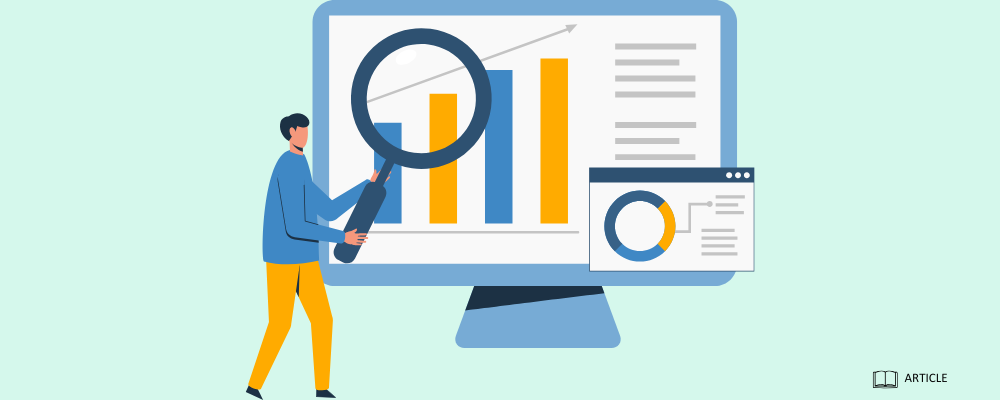Maximizing Your Tax Refund: Simplifying Record-Keeping Strategies
Introduction
Hello, tax savers! Tax season can be stressful, but keeping good records can maximize your refund and reduce anxiety. Let’s explore why record keeping is crucial, how to do it effectively, and tips to simplify the process. Let’s dive in and make tax time easier!
Why Good Record Keeping Matters
- Maximize Deductions : Identify all possible deductions and credits to boost your refund.
- Substantiate Claims : Accurate records can save you from fines if audited.
- Avoid Missing Out : Meticulous records ensure you don’t miss small deductions.
- Reduce Stress : Organized records make tax time less stressful and time-consuming.
Steps to Effective Record Keeping
- Choose the Right Method : Decide between digital or paper records based on your preference.
- Set Up a System : Create and label folders for income, expenses, deductions, credits, and receipts.
- Regularly Update Your Records : Update records weekly or monthly to avoid end-of-year chaos.
- Use Technology : Utilize apps and software for expense tracking, receipt scanning, and organizing tax documents.
Keeping Income Records
Track all income received, including:
- Salary/Wages
- Investments
- Dividends
- Managed Funds
- Allowances
- Rental Income
Keeping Tax Deduction Records
- General Expenses
- Tax agent fees.
- Income protection costs
- Charity donations
- General Work-Related Expenses
- Professional membership fees
- License/certificate fees
- Union fees
- Work-related gifts
- Self-Education Expenses (related to your current profession)
- Course/tuition fees and textbooks
- Related travel costs
- Accommodation and meals (if away from home overnight)
- Electronics and consumables
- Stationery & academic journals
- Work-Related Equipment
- Electronics and consumables (eg. calculators, computers, laptops, tablets, mobile phones, software, briefcases, accessories)
- Safety equipment and technical instruments (eg. tools, hard hats, safety glasses, sunscreens)
Note: For purchases over $300, you will need to claim a deduction for their decline in value over a longer period (depreciation).
- Work-Related Travel
- Tolls and vehicle costs
- Parking fees and public transport fares
- General travel expenses (flights, transportations – Uber, Taxis, DiDi)
- Accommodation and meals (work away from home overnight)
- Home Office Expenses
- Timesheet or record of the hours you worked from home.
- Office furnishings (desks, chairs, and other furnishings) and equipment
- Clothing Purchase and Maintenance
- Protective clothing/gear and uniforms with logo
- Laundry costs for laundering work uniforms and protective clothing.
- Newly Acquired Assets Costs (eg. Rental Properties)
- Settlement/Purchase statement
- Related cost to acquire the property.
- Disposed or Sold Assets
- Keep documentation for any assets you have disposed of or sold.
How Long Should I Keep Tax Receipts?
Keep records for five years if you:
- Claimed a deduction for decline in value.
- Acquired or disposed of an asset.
- Are in dispute with the ATO.
- 5 years from the date you lodge your tax return.
- 5 years from the date the dispute is resolved.
Tools for Easy Record Keeping
- Expense Tracking Apps : Frollo, Buddy, Spendee, WeMoney
- Receipt Scanners : Adobe Scan, CamScanner, Scannable, OneDrive
- Cloud Storage : Google Drive, Dropbox, OneDrive
- Accounting Software : Xero, MYOB, Quickbooks
Conclusion
Good record keeping is key to a better tax refund. By staying organized and using the right tools, you can claim all eligible deductions and credits, substantiate your claims, and reduce stress at tax time. Start implementing these strategies today for a smoother tax season. Happy organizing and may your tax outcomes be ever favourable!
The post Maximizing Your Tax Refund: Simplifying Record-Keeping Strategies appeared first on Green Taylor Partners.
More GTP Articles






